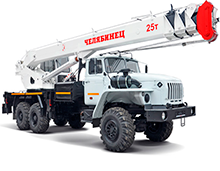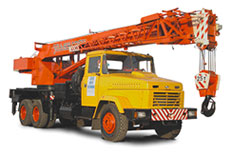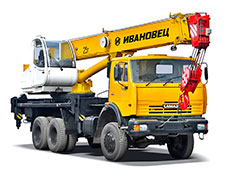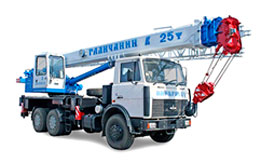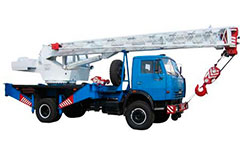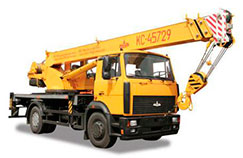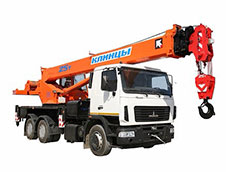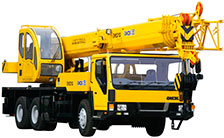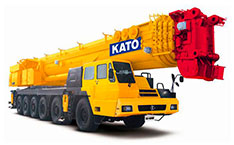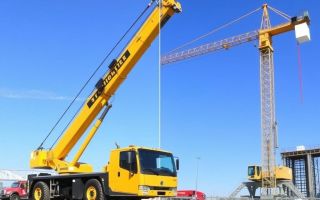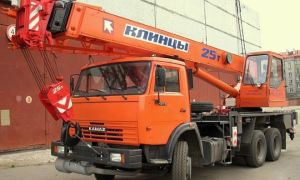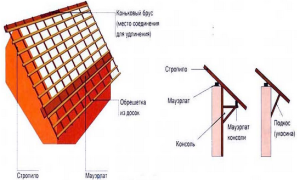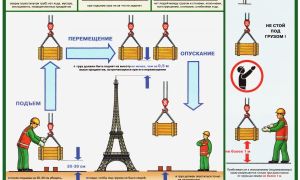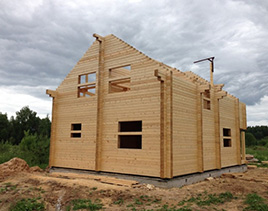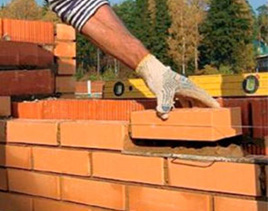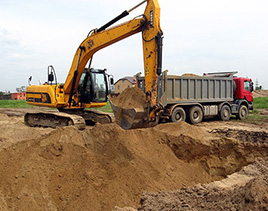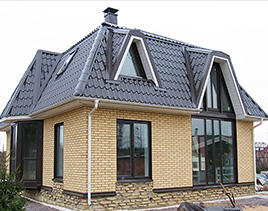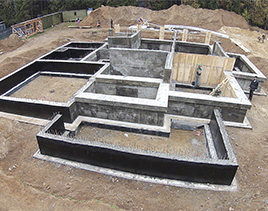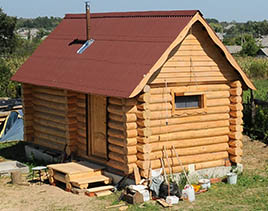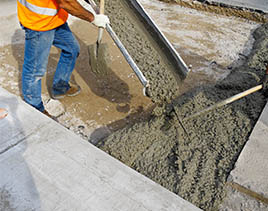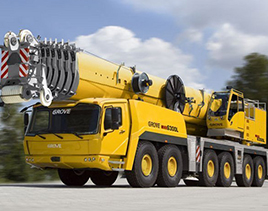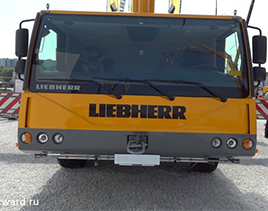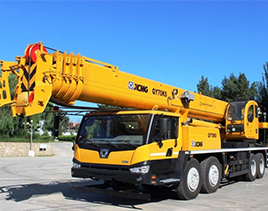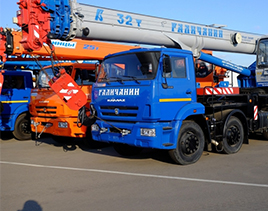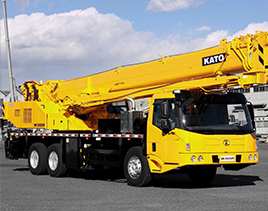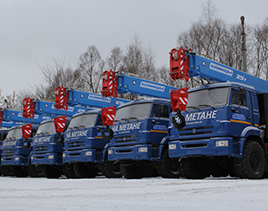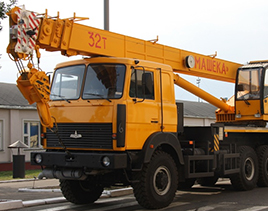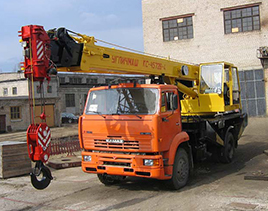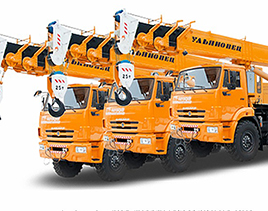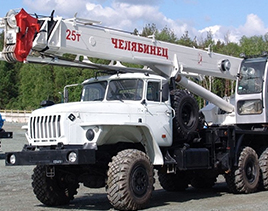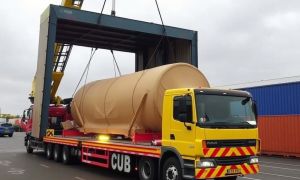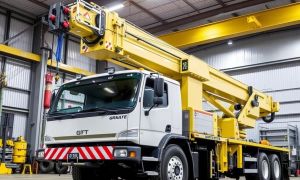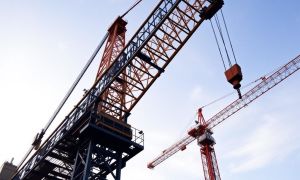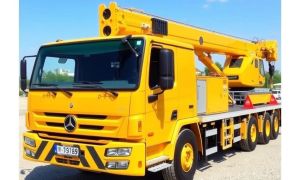When it comes to lifting heavy loads on construction sites, cranes play a central role in making complex jobs easier and safer. Among the various types of cranes, mobile cranes and tower cranes are two of the most commonly used. But how do these two types differ, and why would one be chosen over the other? Whether you are involved in construction, project management, or just curious about how things get built, understanding the differences between mobile cranes and tower cranes can help clarify their unique functions, advantages, and applications.
What Are Mobile Cranes?
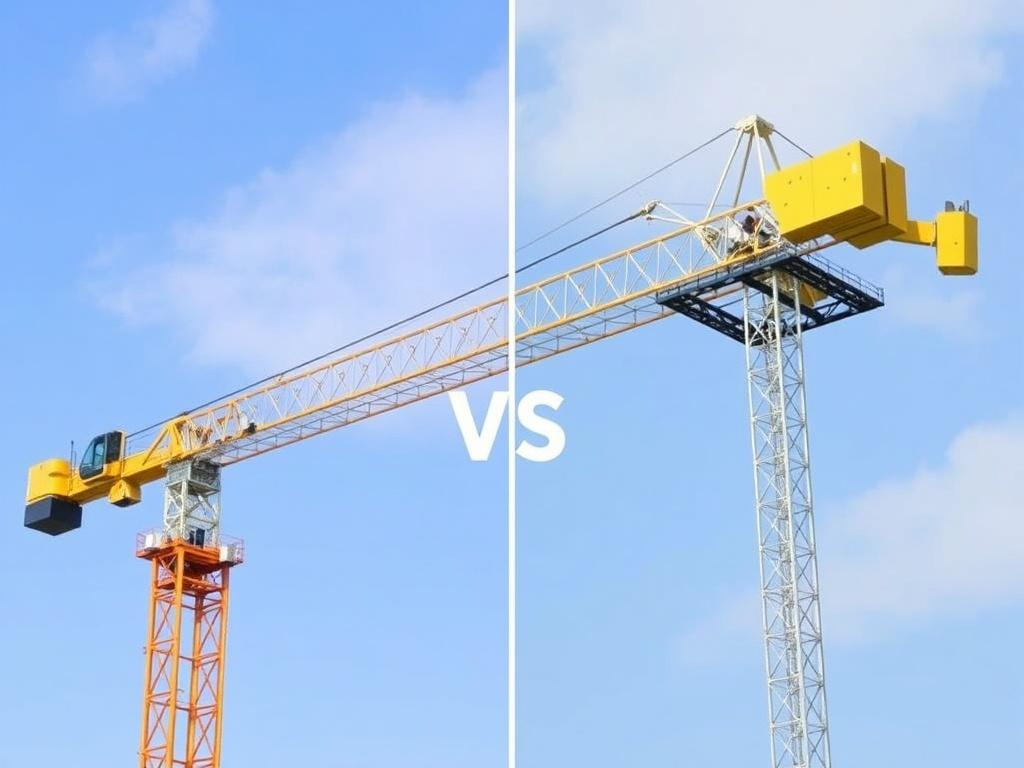
Mobile cranes are versatile, transportable machines designed to move easily on roads and within construction sites. They come in various forms, from truck-mounted cranes to crawler cranes that can travel across rough terrain. The standout feature of mobile cranes is their ability to be driven or transported to different locations, making them ideal for projects requiring flexibility.
These cranes have telescoping booms that can extend and retract to lift and maneuver loads at varying distances. Because they can be set up quickly and moved between job sites, mobile cranes are often seen as the “go-to” option for short-term lifting tasks or projects spread across multiple locations.
What Are Tower Cranes?
Tower cranes, by contrast, are tall, fixed cranes often seen dominating the skyline at large construction sites, especially for tall buildings and skyscrapers. These cranes are assembled on-site, with a tall vertical mast anchored firmly to the ground or to a building under construction. Tower cranes provide exceptional height and lifting capacity, often reaching hundreds of feet into the air.
Tower cranes remain stationary for the duration of a project, providing a central point of lifting that can reach far horizontally due to their long jib (or boom). Their ability to work at great heights and lift extremely heavy loads makes them indispensable for large-scale, vertical construction projects.
Key Differences Between Mobile Cranes and Tower Cranes
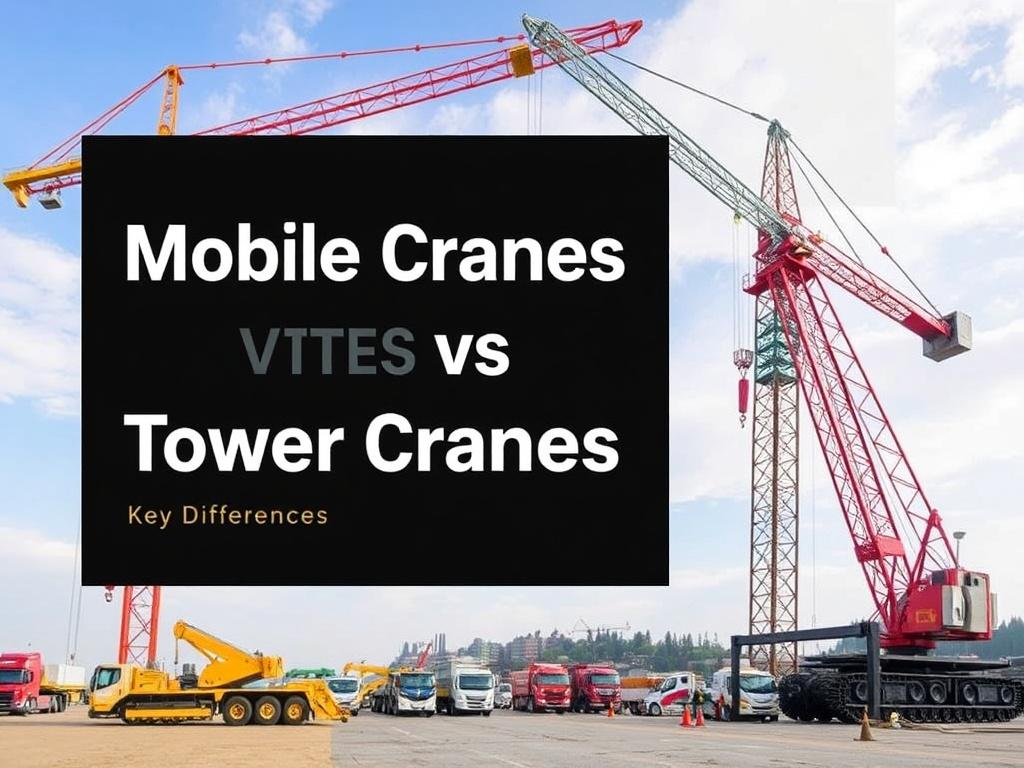
Understanding the distinct characteristics of mobile cranes vs. tower cranes can help you choose the right equipment for your project. Below is a detailed comparison outlining their major differences:
| Feature | Mobile Crane | Tower Crane |
|---|---|---|
| Mobility | Highly mobile; can be driven or transported easily. | Fixed in place; assembled on-site and remains stationary. |
| Setup Time | Quick setup; can be ready in hours. | Longer setup; may take days to assemble and stabilize. |
| Reach & Height | Limited height and reach compared to tower cranes. | Very tall; reaches heights suitable for skyscraper construction. |
| Lifting Capacity | Generally lower capacity, though some specialized models can lift heavy loads. | High lifting capacity, optimized for heavy materials at great heights. |
| Cost Efficiency | Cost-effective for short-term or multi-site jobs. | More expensive due to installation and longer project duration. |
| Applications | Used for infrastructure, small to mid-sized buildings, and varied terrain. | Ideal for high-rise buildings, large infrastructure, and centralized lifting tasks. |
| Space Requirements | Requires less space; maneuverable even in tight sites. | Needs ample space for setup, mast anchoring, and supporting structures. |
When to Use a Mobile Crane
Mobile cranes shine when flexibility and speed are priority factors. Here are some scenarios where mobile cranes are the preferred choice:
- Multiple Locations: If a project requires lifting in various locations across a site or multiple sites, mobile cranes can easily move to each spot without dismantling.
- Time Constraints: When quick lifting operations are required, mobile cranes can be brought in, set up, and used in a matter of hours.
- Terrain Challenges: Crawler cranes with tracks can maneuver across uneven or muddy terrain, unlike tower cranes that require stable ground.
- Utility and Infrastructure: For infrastructure projects like bridges, utility installations, or roadwork where heavy materials need to be moved at ground or moderate heights.
Because mobile cranes are versatile, they often work well on smaller construction sites, repair jobs, and maintenance operations where the crane has to adapt to changing conditions.
When to Use a Tower Crane
Tower cranes are the backbone of modern high-rise construction. Their design makes them particularly suited to projects that demand heavy lifting at greater heights:
- Tall Structures: For buildings going beyond several stories, tower cranes provide the vertical reach necessary to move materials up and down safely.
- Heavy Loads: Tower cranes can hoist large concrete panels, steel beams, and other bulky building materials with ease.
- Extended Reach: The jib of a tower crane can span significant horizontal distances, allowing cranes to service large areas from one fixed position.
- Space Constraints: In dense urban environments, tower cranes make efficient use of limited space, offering solutions where mobile cranes cannot fit or operate safely.
Tower cranes are ideal for long-term projects where the investment in assembly and operation is justified by the scale and complexity of the job.
Technical Aspects of Mobile Cranes
Mobile cranes come in different types, each with characteristics tailored for specific tasks:
Truck-mounted Cranes
These cranes are mounted on standard trucks and can travel on highways. They are easy to maneuver and provide moderate lifting capacity.
Crawler Cranes
These have tracks instead of wheels, providing excellent stability and the ability to move around rough terrain. They are often used for heavy-duty projects.
All-terrain Cranes
Combining features of truck-mounted and crawler cranes, all-terrain cranes are designed to operate on highways and off-road, making them extremely versatile.
Tower Cranes Technical Highlights
Tower cranes consist of several components:
- Mast: The tall vertical tower that determines the crane’s height.
- Jib or Boom: The horizontal arm used to lift and move loads, which can rotate 360 degrees.
- Counterweights: Positioned opposite the jib to balance the crane and prevent tipping.
- Operator’s Cabin: Typically located near the top for better visibility of the site.
These components work together to allow tower cranes to lift loads weighing several tons, transporting them vertically and horizontally with precision.
Safety Considerations for Both Types of Cranes
Safety is paramount when operating any kind of crane. Both mobile cranes and tower cranes come with their set of risks and require highly trained operators.
- Mobile Cranes: Operators must be vigilant about stability, especially when moving long booms or heavy loads. Ground conditions should be evaluated carefully to prevent tipping.
- Tower Cranes: Due to their height, wind load considerations are critical. Rigorous maintenance is necessary to ensure all components are secure. Regular inspections mitigate the risk of collapse or accidents.
Training, adherence to operational protocols, and routine safety audits are essential for both crane types to protect workers and equipment.
Cost and Maintenance: Comparing Mobile and Tower Cranes
Both types of cranes require an investment, but their costs and maintenance differ significantly:
| Aspect | Mobile Crane | Tower Crane |
|---|---|---|
| Initial Cost | Lower; depends on the model but generally more affordable. | Higher; due to assembly, disassembly, and structural requirements. |
| Maintenance | Regular mechanical upkeep; travel and wear require frequent checks. | Structural inspections; ongoing checks for stability and wear of components. |
| Operating Cost | Lower for short-term projects. | Higher; requires operators and maintenance staff for extended periods. |
| Utilization | Used intermittently; can be rented and moved to various jobs. | Usually dedicated to a single project for months or years. |
Understanding these cost differences can guide project managers in budgeting and equipment choices.
Environmental Impact and Site Constraints
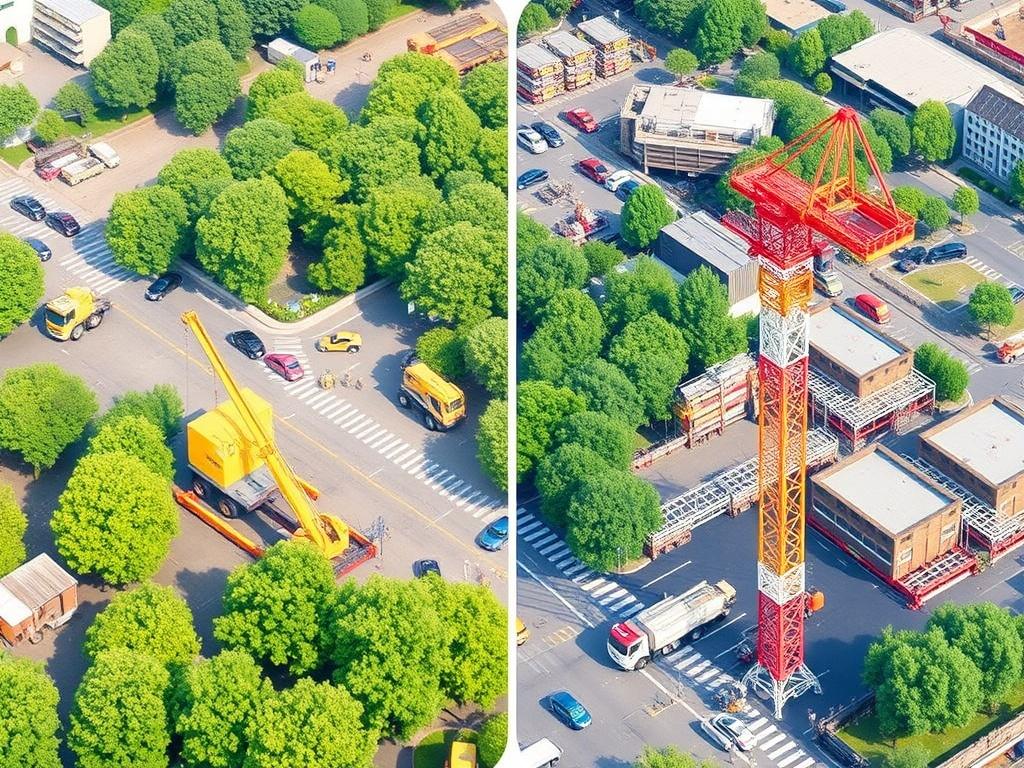
Construction projects increasingly aim to reduce their environmental footprint. When comparing mobile cranes and tower cranes from this perspective:
- Mobile Cranes: Tend to produce more noise and emissions due to engine operation while moving and lifting. However, their quick setup reduces project time, which can minimize overall environmental disturbance.
- Tower Cranes: Once installed, they operate electrically and often with less noise. Their stable footprint and centralized operation can limit ground disruption, though initial assembly can be resource-intensive.
Additionally, site constraints such as available space, nearby structures, and local regulations may dictate which crane type is feasible.
Innovations in Crane Technology
Both mobile and tower cranes have seen significant advancements in recent years, enhancing safety, efficiency, and environmental friendliness:
- Mobile Cranes: Modern cranes now include digital controls, GPS tracking, and remote operation capabilities to improve precision.
- Tower Cranes: New designs feature lighter materials, improved stability systems, and integration with building information modeling (BIM) technologies.
These innovations make cranes smarter, safer, and more adaptable to the complex demands of modern construction.
Summary Table: Mobile Cranes vs. Tower Cranes
| Aspect | Mobile Crane | Tower Crane |
|---|---|---|
| Mobility | Portable; moves on roads and sites | Fixed on-site |
| Setup Time | Hours | Days |
| Height Capability | Medium | Very High |
| Lifting Capacity | Moderate | High |
| Cost | Lower initial and operating costs | Higher upfront and operational costs |
| Ideal Use Cases | Short-term, varied location, moderate loads | Long-term, high-rise construction, heavy loads |
Conclusion
Choosing between mobile cranes and tower cranes depends largely on the specific needs of a construction project. Mobile cranes offer agility, quick setup, and flexibility, making them well-suited for projects with multiple locations, shorter timelines, or challenging terrain. Tower cranes, on the other hand, dominate the skyline for their superior lifting capacity, exceptional height, and reach—essential ingredients in constructing skyscrapers and large infrastructure. Both types of cranes bring unique capabilities and challenges, including cost, safety, and environmental considerations, requiring project planners to carefully evaluate their options. By understanding the key differences and applications of mobile cranes vs. tower cranes, you can ensure that your next construction project uses the right crane for the job, maximizing efficiency and safety on-site.

